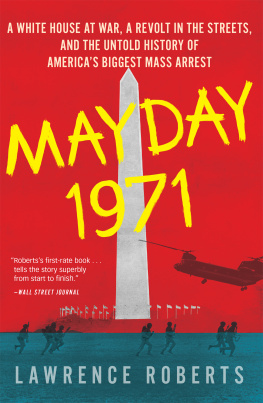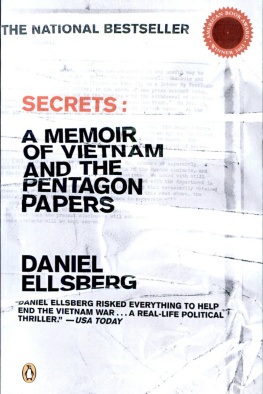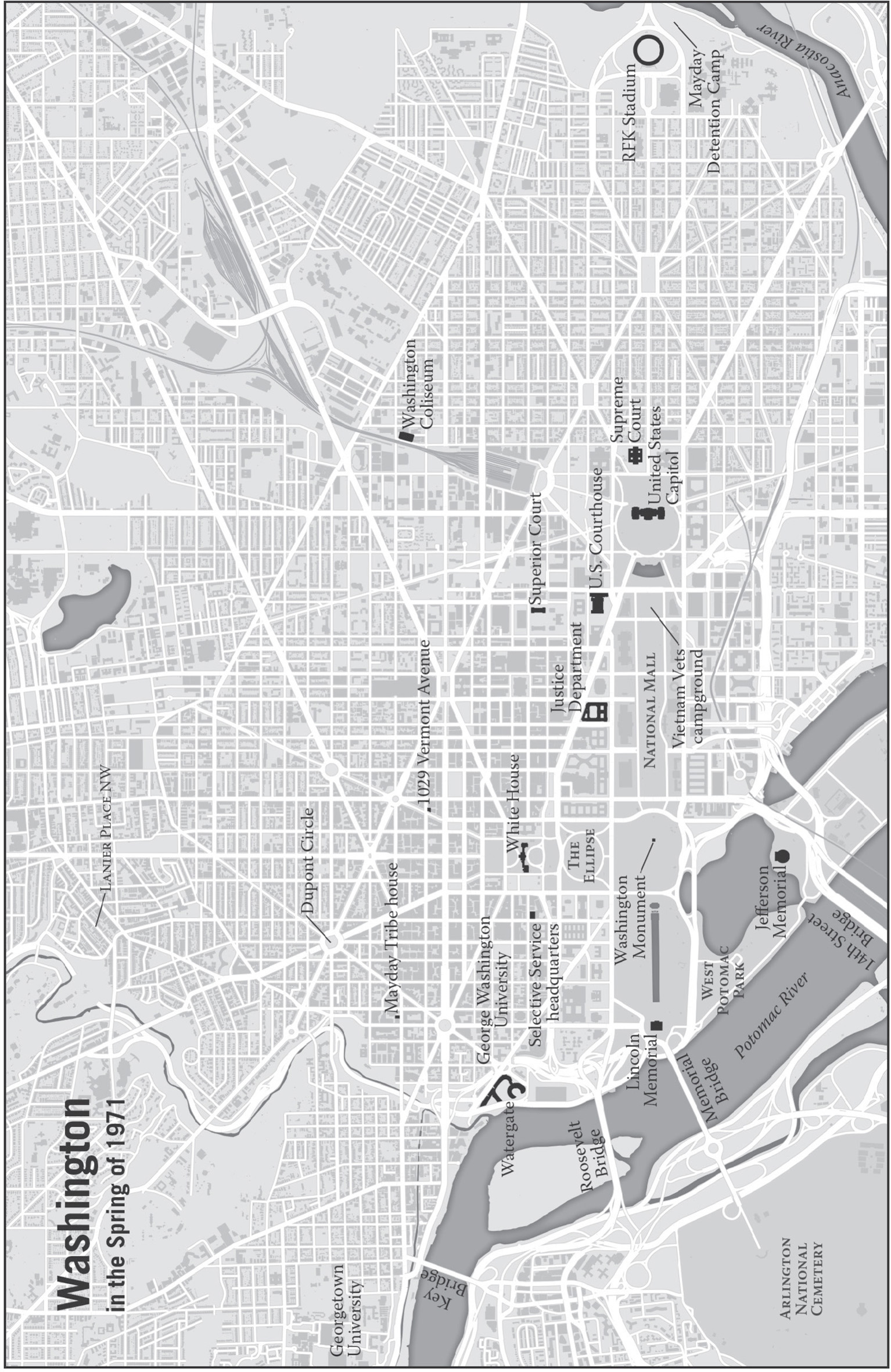Lawrence Roberts - Mayday 1971: A White House at War, a Revolt in the Streets, and the Untold History of Americas Biggest Mass Arrest
Here you can read online Lawrence Roberts - Mayday 1971: A White House at War, a Revolt in the Streets, and the Untold History of Americas Biggest Mass Arrest full text of the book (entire story) in english for free. Download pdf and epub, get meaning, cover and reviews about this ebook. year: 2020, publisher: HarperCollins, genre: Politics. Description of the work, (preface) as well as reviews are available. Best literature library LitArk.com created for fans of good reading and offers a wide selection of genres:
Romance novel
Science fiction
Adventure
Detective
Science
History
Home and family
Prose
Art
Politics
Computer
Non-fiction
Religion
Business
Children
Humor
Choose a favorite category and find really read worthwhile books. Enjoy immersion in the world of imagination, feel the emotions of the characters or learn something new for yourself, make an fascinating discovery.
- Book:Mayday 1971: A White House at War, a Revolt in the Streets, and the Untold History of Americas Biggest Mass Arrest
- Author:
- Publisher:HarperCollins
- Genre:
- Year:2020
- Rating:3 / 5
- Favourites:Add to favourites
- Your mark:
Mayday 1971: A White House at War, a Revolt in the Streets, and the Untold History of Americas Biggest Mass Arrest: summary, description and annotation
We offer to read an annotation, description, summary or preface (depends on what the author of the book "Mayday 1971: A White House at War, a Revolt in the Streets, and the Untold History of Americas Biggest Mass Arrest" wrote himself). If you haven't found the necessary information about the book — write in the comments, we will try to find it.
They surged into Washington by the tens of thousands in the spring of 1971. Fiery radicals, flower children, and militant vets gathered for the most audacious act in a years-long movement to end Americas war in Vietnam: a blockade of the nations capital. And the White House, headed by an increasingly paranoid Richard Nixon, was determined to stop it.
Washington journalist Lawrence Roberts, drawing on dozens of interviews, unexplored archives, and newfound White House transcripts, recreates these largely forgotten events through the eyes of dueling characters. Woven into the story too are now-familiar names including John Kerry, Jane Fonda, and Daniel Ellsberg, leaker of the Pentagon Papers. It began with a bombing inside the US Capitola still-unsolved case to which Roberts brings new information. To prevent the Mayday Tribes guerrilla-style traffic blockade, the government mustered the military. Riot squads swept through the city, arresting more than 12,000 people. As a young female public defender led a thrilling legal battle to free the detainees, Nixon and his men took their first steps down the road to the Watergate scandal and the implosion of the presidency.
Mayday 1971 is the ultimately inspiring story of a season when our democracy faced grave danger, and survived.
Lawrence Roberts: author's other books
Who wrote Mayday 1971: A White House at War, a Revolt in the Streets, and the Untold History of Americas Biggest Mass Arrest? Find out the surname, the name of the author of the book and a list of all author's works by series.









